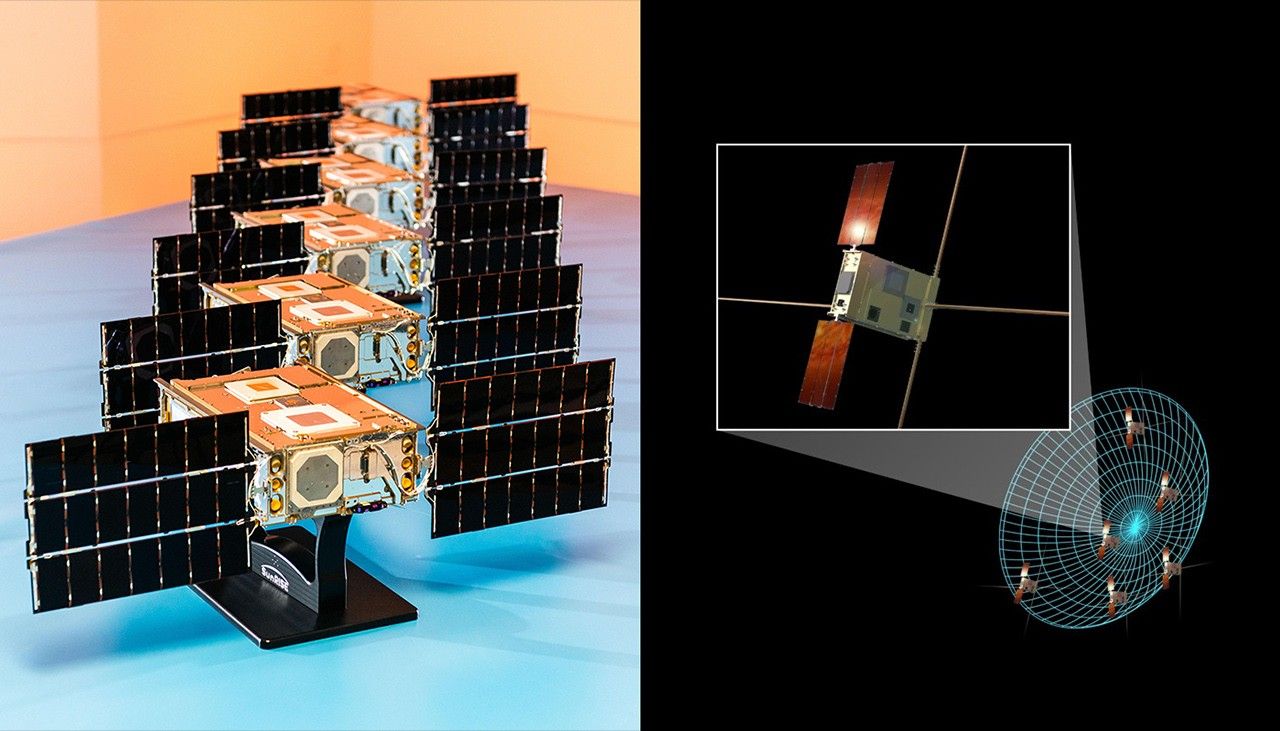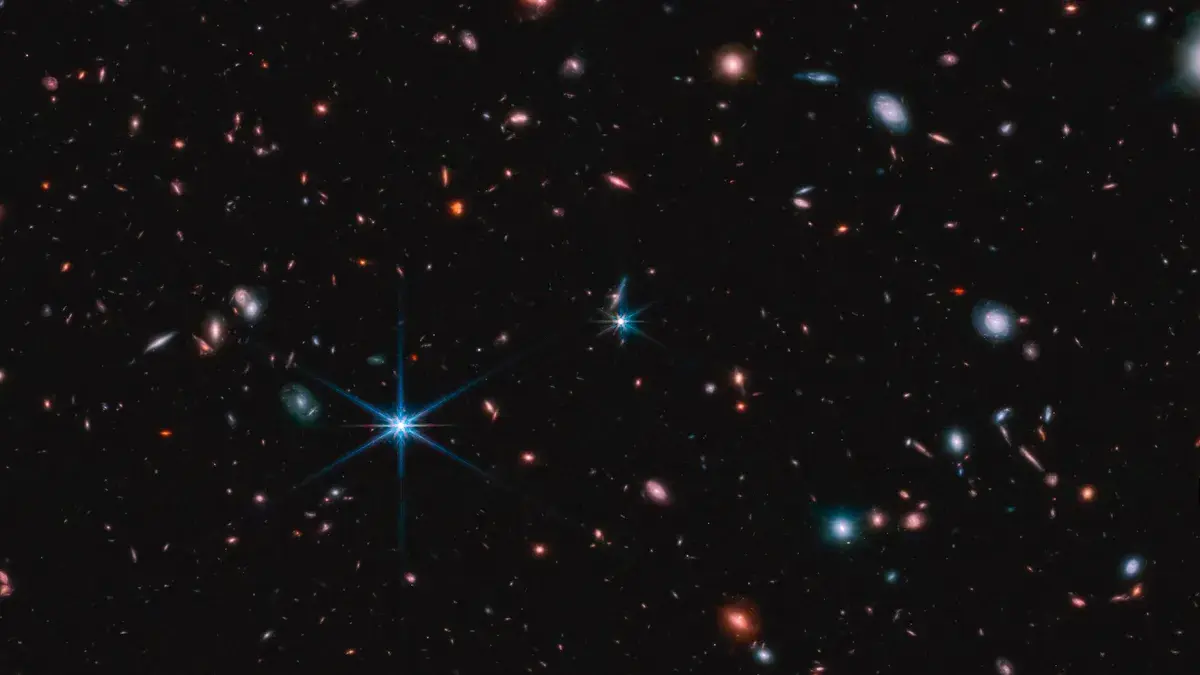NASA is targeting a summer 2026 launch for its SunRISE (Sun Radio Interferometer Space Experiment) mission. The heliophysics mission will launch as a rideshare aboard a United Launch Alliance Vulcan Centaur rocket, sponsored by the United States Space Force’s Space Systems Command.
The SunRISE mission will study solar radio bursts and map the Sun’s magnetic field from the outer corona to interplanetary space. Solar radio bursts result when vast quantities of energy stored in the Sun’s magnetic field have accelerated particles to high speeds. These energetic particles can stream into the solar system, where they can impact spacecraft beyond the protective reach of the Earth’s magnetic field. Studying how these bursts are generated will improve understanding of the Sun’s radiation impacts on the space environment and, in turn, help lead to better protection of astronauts and satellites.
Solar radio bursts can arrive at Earth shortly before potentially harmful particle radiation. The SunRISE mission has the unique capability to image the approximate location of the burst and the direction energetic particles are streaming, which can help space weather forecasters better understand where a pending radiation event will be directed and predict its effects.
A constellation of six small satellites, each the size of a toaster oven, SunRISE will operate as one large radio telescope about 6 miles (10 kilometers) wide, transmitting data to Earth via NASA’s Deep Space Network. The SunRISE team will use the precise time and position information received to combine the data from the individual SmallSats into a virtual radio telescope — a technique known as interferometry. SunRISE observes the Sun at radio wavelengths that are absorbed by the upper layers of the Earth’s atmosphere, a region known as the ionosphere. By being in space, SunRISE can conduct science that is not possible by ground-based radio telescopes.
The SunRISE mission will complement other NASA heliophysics missions, such as NASA’s Solar TErrestrial RElations Observatory, Parker Solar Probe, and the Solar Orbiter satellite, an international cooperative mission between ESA (European Space Agency) and NASA.
NASA’s SunRISE is a Mission of Opportunity under the Heliophysics Division of the agency’s Science Mission Directorate at NASA Headquarters in Washington. These missions are part of the Explorers Program, managed by NASA’s Goddard Space Flight Center in Greenbelt, Maryland. The mission’s science investigation is led by the University of Michigan in Ann Arbor, which also provides the science operations center, and the project is managed by NASA’s Jet Propulsion Laboratory in Southern California, a division of Caltech in Pasadena, California, which also provides the mission operations center. Utah State University’s Space Dynamics Laboratory built the SunRISE spacecraft.
More from SunRISE

